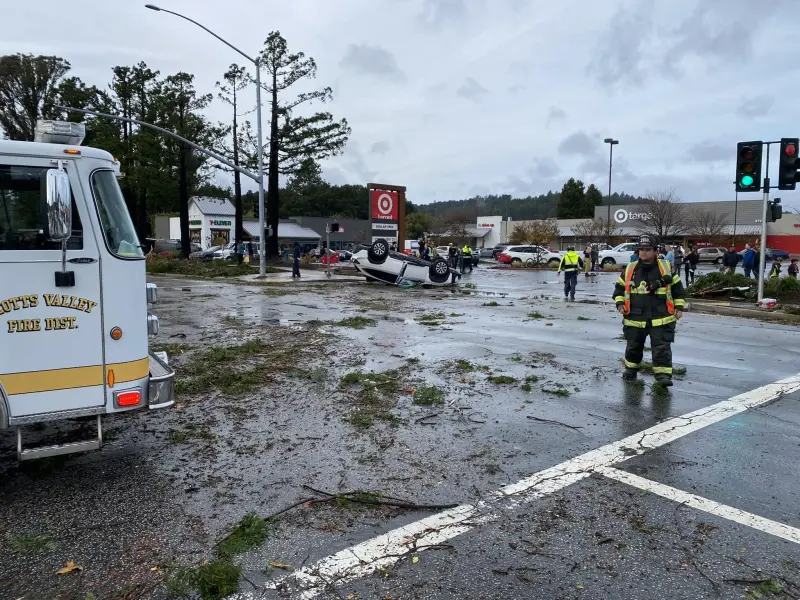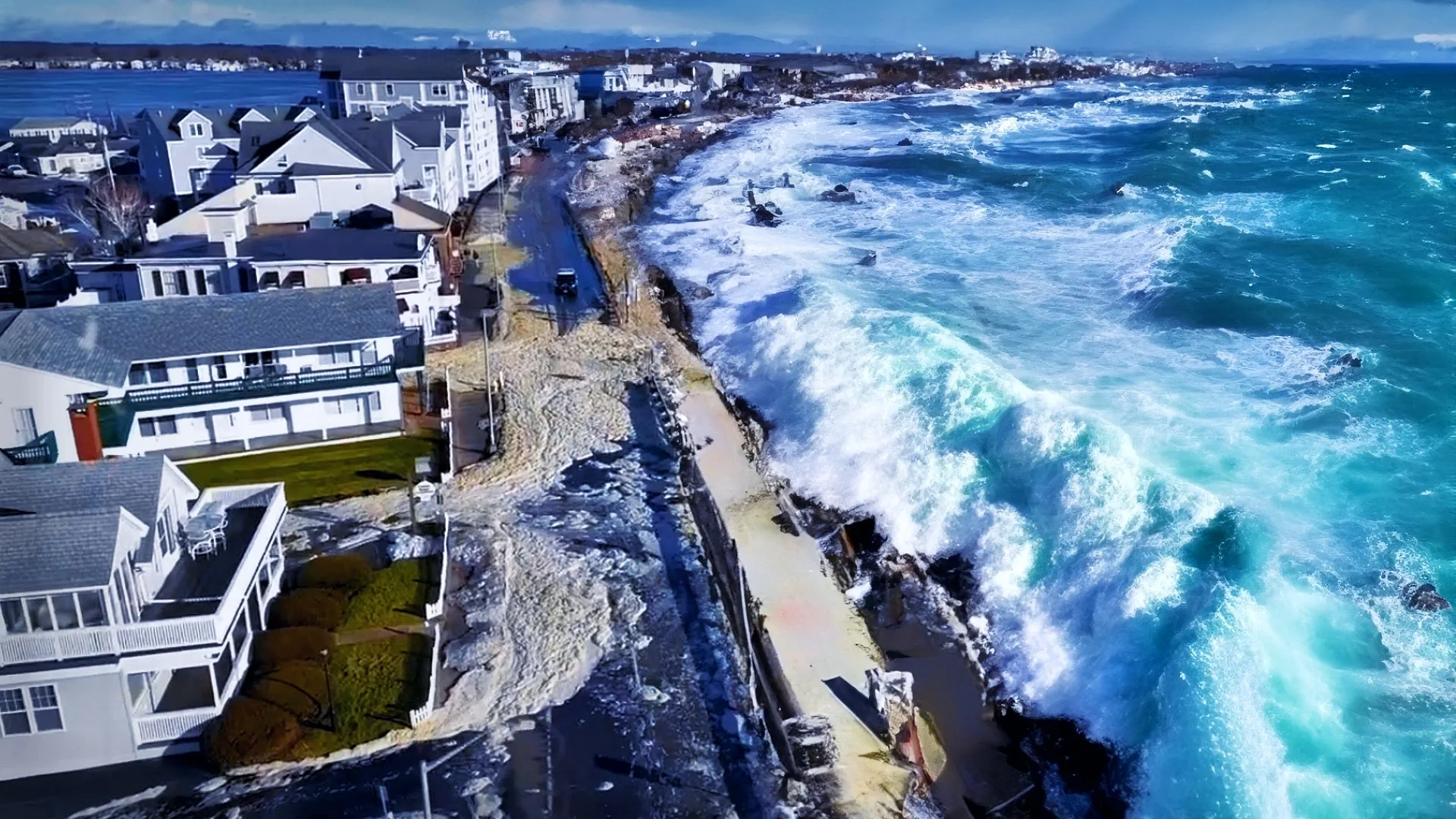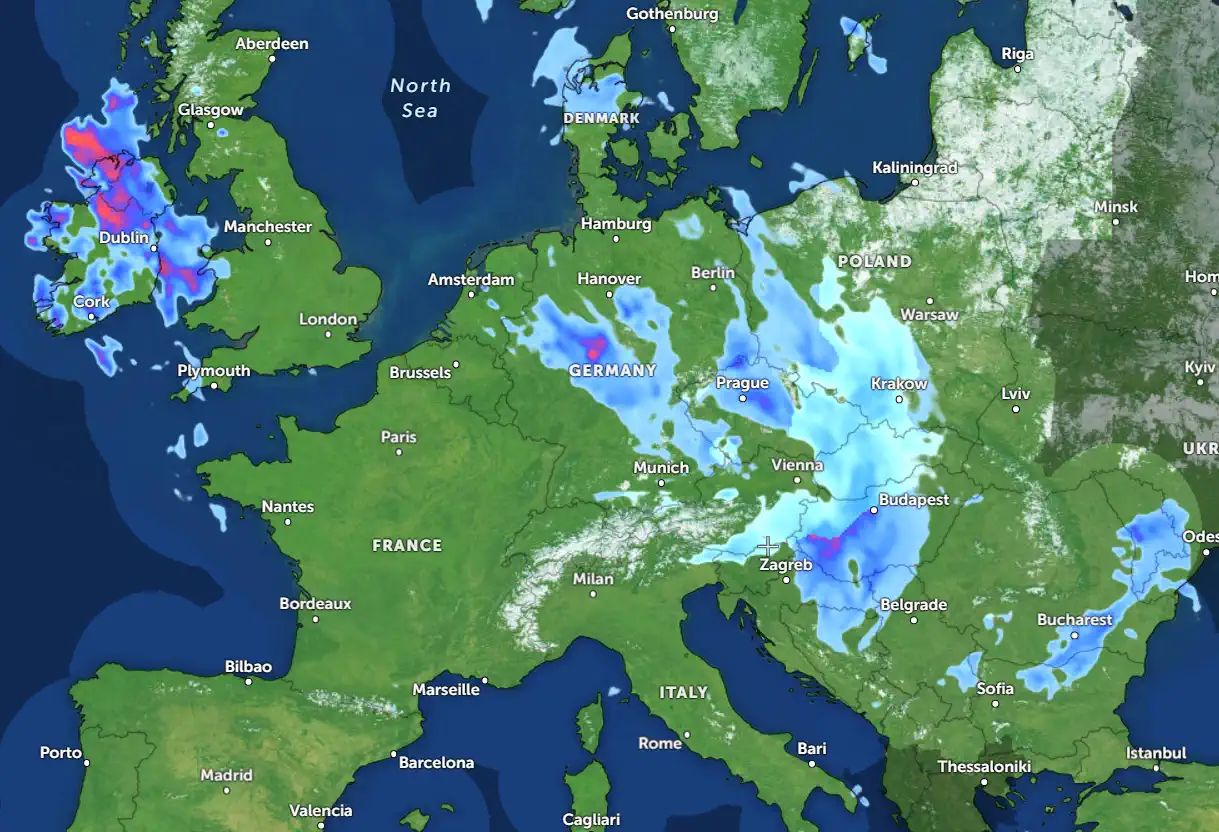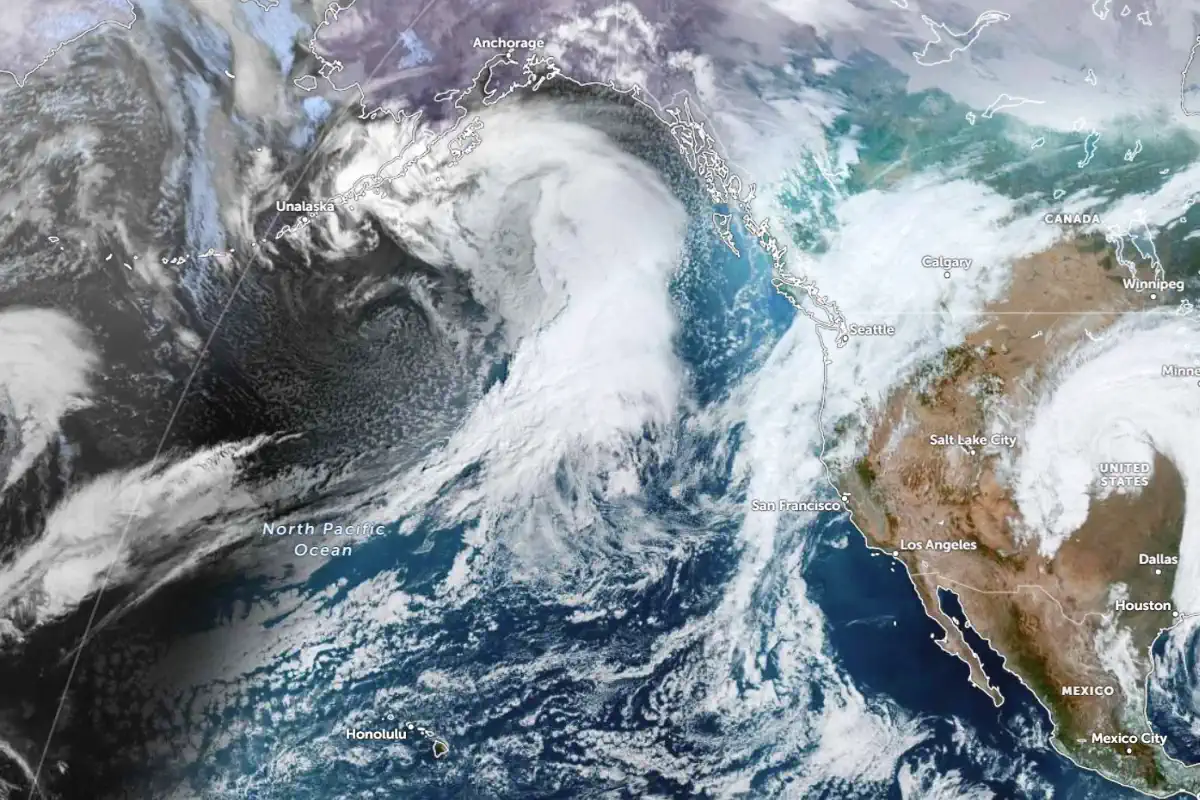Double Disaster: Second DANA Storm Strikes Eastern Spain, Threatening to Worsen Historic October Flooding
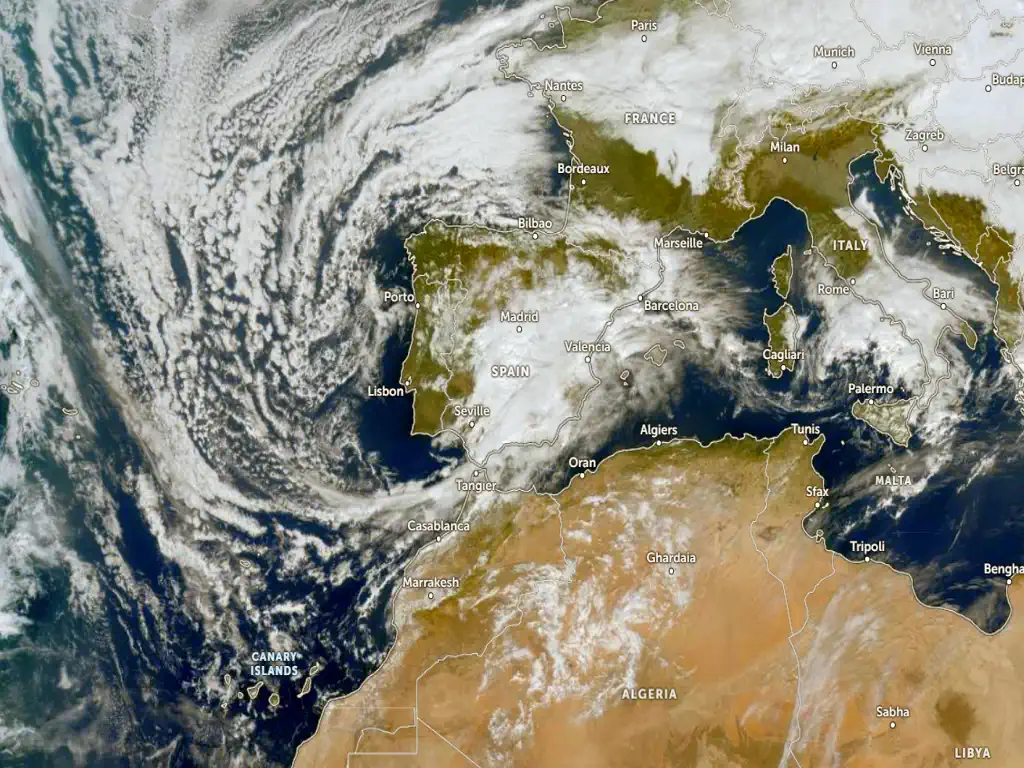
The Spanish Meteorological Agency (AEMET) issued a severe weather advisory on November 12, 2024, warning of intense rainfall and the potential for flash floods across the Mediterranean and Andalusian coastal regions through November 15. The storm, a DANA (Isolated Depression at High Levels), is expected to bring up to 150 mm (5.9 inches) of rain in 24 hours in some areas, just two weeks after the catastrophic flooding in eastern Spain caused by a similar storm.
What is a DANA Storm?
A DANA storm occurs when cold air at high altitudes meets warm, humid air at the surface, creating intense weather systems that lead to significant rainfall and atmospheric instability. This phenomenon is particularly common in the Iberian Peninsula and the Mediterranean, especially during the autumn months.
A Repeat of Historic Flooding?
The incoming DANA storm is expected to intensify by November 13, bringing torrential rains to Spain's Mediterranean coast, the Balearic Islands, and Andalusia. In particular, the Málaga region and northern Valencia could see rainfall totals of up to 150 mm (5.9 inches). Flash floods, coastal turbulence, and thunderstorms are also a concern through the middle of the week.
By November 14, the storm system is expected to shift southwest, bringing more rainfall to western Andalusia, especially near the Straits of Gibraltar. Rainfall totals between 100 mm and 150 mm (3.9 to 5.9 inches) are expected along the coasts of Valencia and Málaga. Other areas of central and southwestern Spain could see light rain, with temperatures set to rise.
A Legacy of Devastating Flooding
This second DANA storm comes just weeks after a similar event in late October 2024, which caused extreme flooding across eastern Spain, particularly in the Valencia region. That storm, which led to rainfall totals of more than a year's worth of rain in some areas, resulted in widespread destruction, claiming the lives of 223 people and leaving 23 others missing. The region is still recovering from the damage.
The October 2024 storm was one of the deadliest natural disasters in Spanish history, causing catastrophic flooding and property damage. The Valencia region, in particular, has a long history of devastating floods, with records of catastrophic events dating back to the 14th century. One of the most severe occurred in 1957 when the Túria River overflowed, causing massive damage to the city and resulting in at least 81 deaths.
Flooding and Infrastructure Challenges
In response to the 1957 flood, the Spanish government under Francisco Franco rerouted the Túria River to protect the city of Valencia. However, this decision left towns south of the city vulnerable to future floods. Over the years, there have been several proposals for flood defense infrastructure, including a 2008 project to protect these southern towns with a budget of €200 million (USD 216 million). Unfortunately, the project has not been fully implemented, leaving the area susceptible to flooding events.
The 2019 floods in Vega Baja del Segura, which claimed six lives, led to the creation of the Valencian Emergencies Unit to improve the region's flood response. However, following the 2023 regional elections, the newly elected government under Carlos Mazón disbanded the unit, citing it as a “superfluous expense.” This decision has raised concerns about the region's preparedness for future floods, especially as another severe storm approaches.
Snowfall in the Mountains
In addition to the heavy rainfall, snow is expected in higher elevations. The Pyrenees and Cantabrian mountains could experience snow levels dropping to around 1,000 meters (3,280 feet). These areas may see significant snowfall, adding to the already complex weather situation.
While the intensity of the DANA storm is expected to decrease by November 15, residual strong showers may continue to affect Andalusia as the storm weakens. The ongoing recovery from the previous catastrophic flooding, combined with the looming threat of further severe weather, underscores the vulnerability of the region to extreme weather events.
Chief forecaster and ideologist of the weather forecast service Pogodnik. Co-author of scientific articles and specialized content for various online media.

